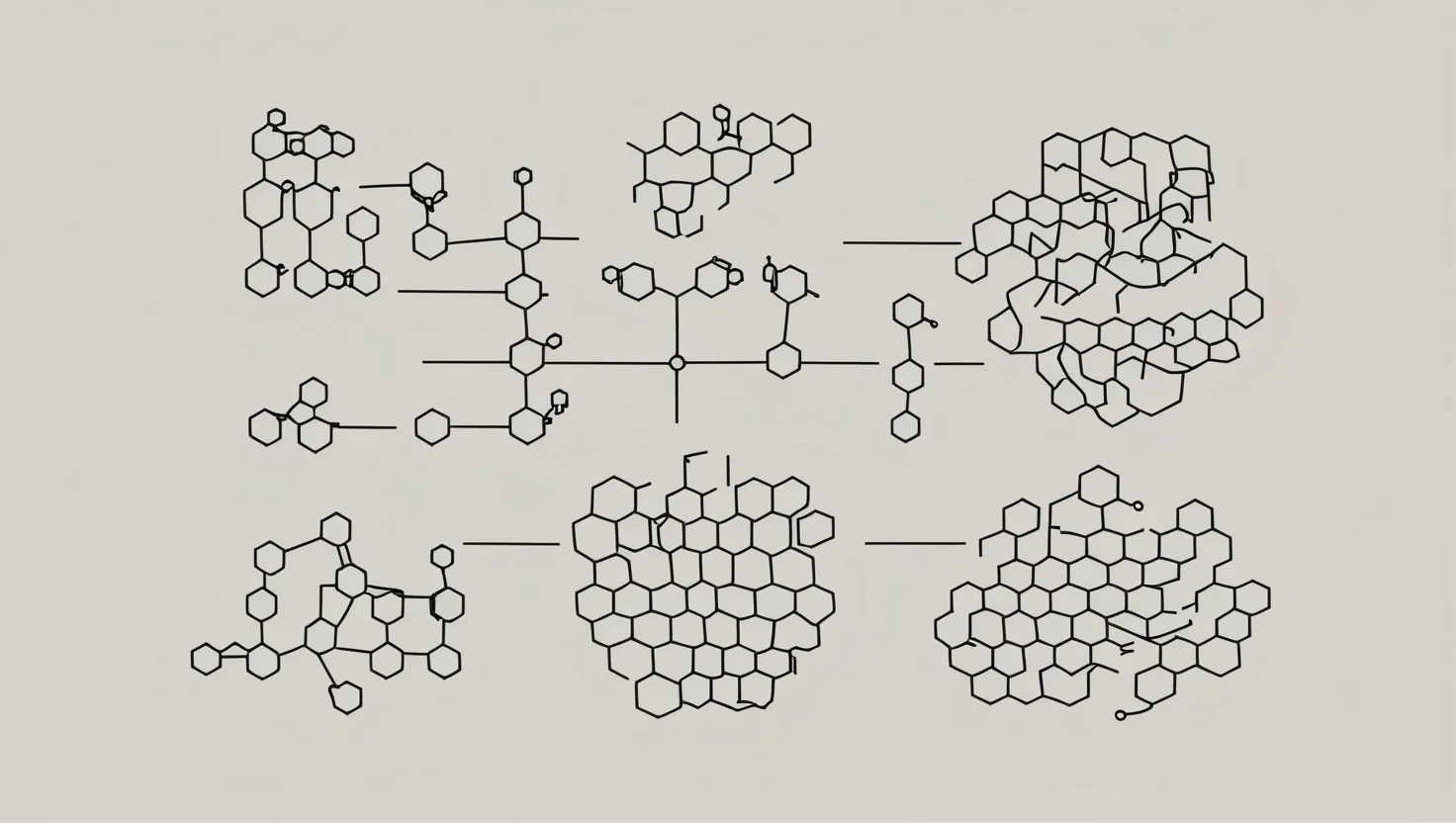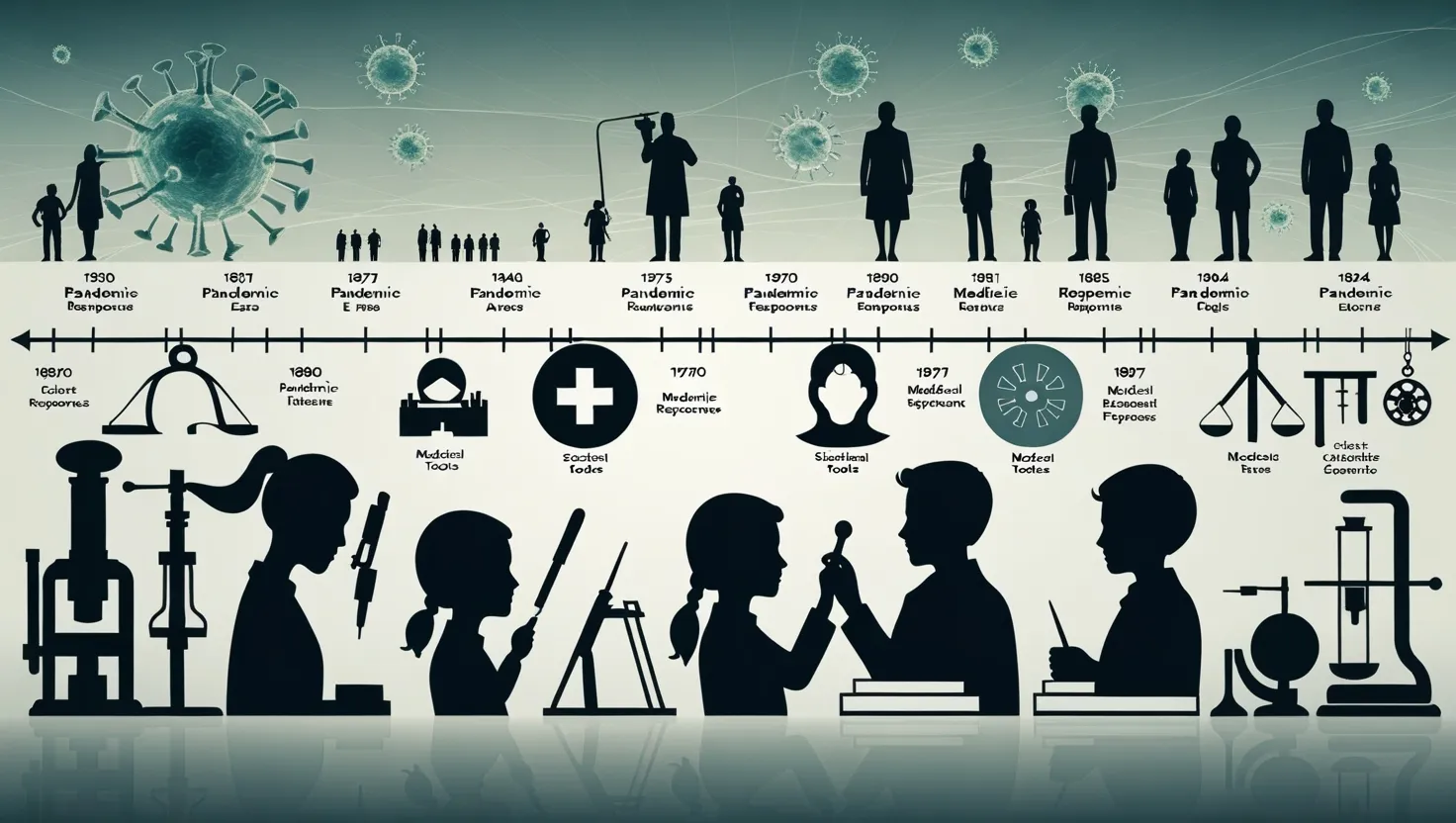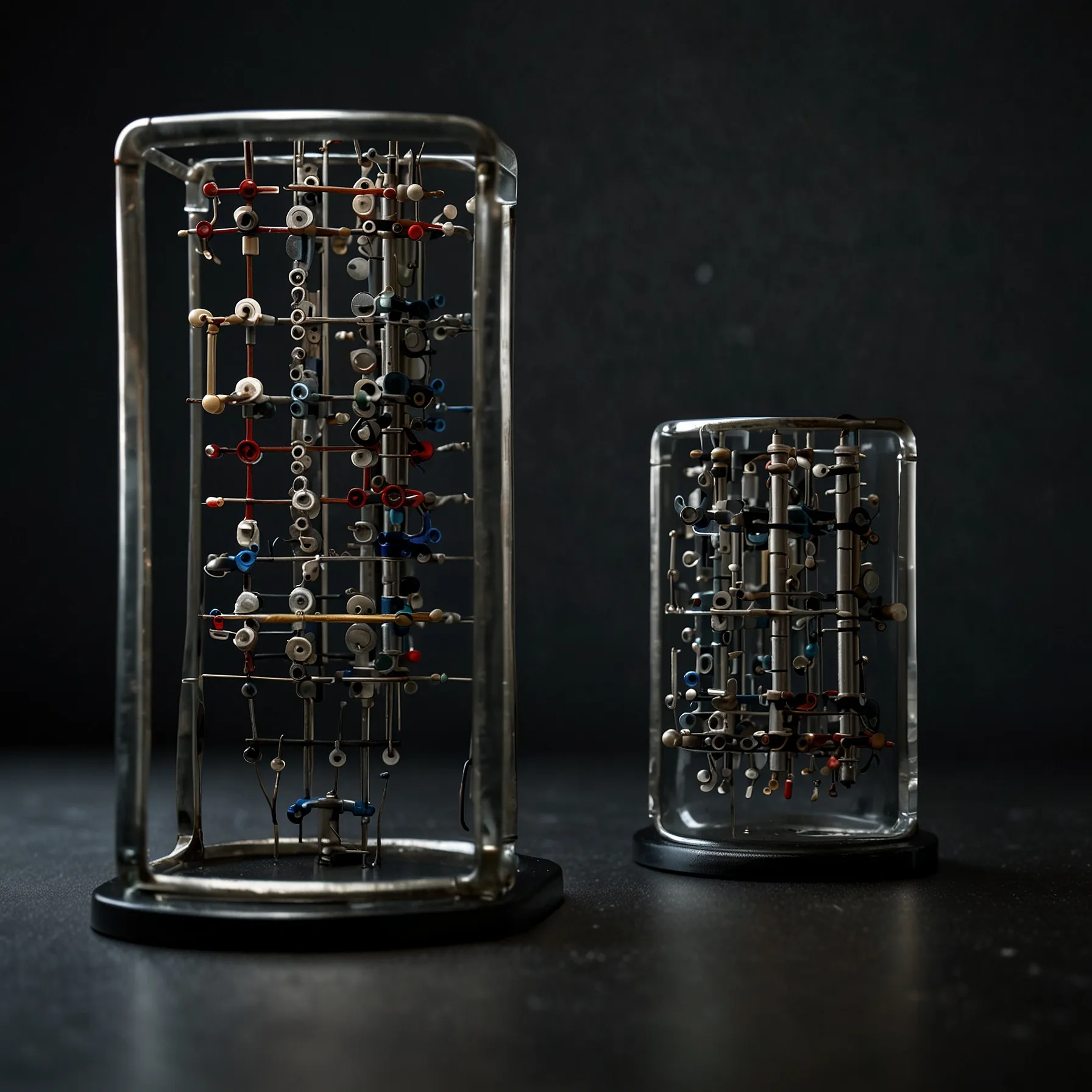In the intricate world of molecular science, there exists a phenomenon that is both fascinating and crucial to life itself: biomolecular self-assembly. This process, where molecules spontaneously organize into complex structures, is a natural marvel that scientists are now keenly studying and replicating to revolutionize various fields, from nanotechnology and medicine to electronics and environmental cleanup.
To understand biomolecular self-assembly, let’s start with its most basic form. Imagine a puzzle where the pieces fit together on their own, guided by their electrical charges, magnetic properties, and complementary shapes. This is essentially what happens at the molecular level when molecules self-assemble. For instance, when you wash your hands with soap, the fatty acid molecules in the soap spontaneously organize into structures that effectively trap and remove oily substances. This self-assembly is driven by the hydrophilic (water-loving) and hydrophobic (water-repelling) ends of the soap molecules.
In nature, this process is ubiquitous. The cell membranes of our bodies are formed through the self-assembly of phospholipid molecules. Each phospholipid has a hydrophilic head and two hydrophobic tails, which arrange themselves into a bilayer structure. This bilayer maximizes hydrophobic interactions between the tails while positioning the hydrophilic heads in contact with the watery environments inside and outside the cell. This self-assembled structure is vital for maintaining the integrity of cellular components and ensuring they function correctly.
The self-assembly of biomolecules is not limited to simple structures; it also underlies the formation of complex biological macromolecules and condensates. For example, the double helix structure of DNA is formed through hydrogen bonding between the individual strands. Proteins fold into their functional shapes through a series of self-assembly steps, and even the assembly of ribosomes, the cellular machinery for protein synthesis, is a testament to this process.
Scientists are now drawing inspiration from these natural processes to create novel materials and technologies. In the field of nanotechnology, molecular self-assembly is being used to construct nanostructures that are too small to be fabricated using traditional top-down methods like lithography. By designing molecules with specific shapes and functional groups, researchers can program these molecules to self-assemble into desired structures. This bottom-up approach allows for the creation of materials with tailored properties and performance, which is particularly promising for the semiconductor industry.
One of the most exciting applications of biomolecular self-assembly is in drug delivery. Researchers have developed methods to create thin molecular coatings that self-assemble around small doses of anti-cancer drugs. These coatings help the drug bind selectively to cancer cells and release the medication where it is most needed, protecting healthy cells from damage. This targeted approach is a significant advancement in cancer treatment and highlights the potential of self-assembly in medical technology.
Beyond medicine, self-assembly is also being explored for its potential in environmental cleanup. For instance, self-assembled nanostructures can be designed to selectively bind to pollutants, making it easier to remove them from contaminated water or soil. This could revolutionize the way we tackle environmental pollution, offering a more efficient and sustainable solution.
The field of electronics is another area where biomolecular self-assembly is making waves. By using self-assembled monolayers (SAMs) and other supramolecular assemblies, researchers are developing new methods to produce functional nanodevices such as nanowires, nanotransistors, and nanosensors. These devices are crucial for the next generation of electronic technologies and could significantly reduce production costs and enhance performance.
However, as we delve deeper into the world of biomolecular self-assembly, we also encounter some intriguing questions about the boundaries between living and non-living matter at the molecular level. The ability of molecules to spontaneously organize into complex structures challenges our traditional views of what constitutes life. It raises questions about whether these self-assembled systems could be considered a form of life or if they are merely sophisticated machines.
Despite these philosophical debates, the practical applications of biomolecular self-assembly are undeniable. The field is rapidly advancing, with researchers exploring new strategies to control the assembly pathways and create materials with dynamic properties. For example, scientists are designing peptides that can self-assemble into nanostructures with specific functions, such as responsiveness to external stimuli. These interactive materials could have a wide range of applications, from adaptive textiles to smart sensors.
The future of biomolecular self-assembly looks promising, with potential impacts across various sectors. As we continue to understand and mimic nature’s assembly tricks, we are likely to see significant advancements in manufacturing, healthcare, and environmental science. The ability to create complex structures at the nanoscale without external guidance opens up new avenues for innovation and could lead to breakthroughs that transform our world.
In conclusion, biomolecular self-assembly is a fascinating phenomenon that underpins many of the complex structures and functions in living organisms. By studying and replicating this process, scientists are unlocking new possibilities in nanotechnology, medicine, and beyond. As we continue to explore the intricacies of molecular self-assembly, we are not only advancing our technological capabilities but also gaining a deeper appreciation for the intricate beauty and complexity of nature at its most fundamental level.






